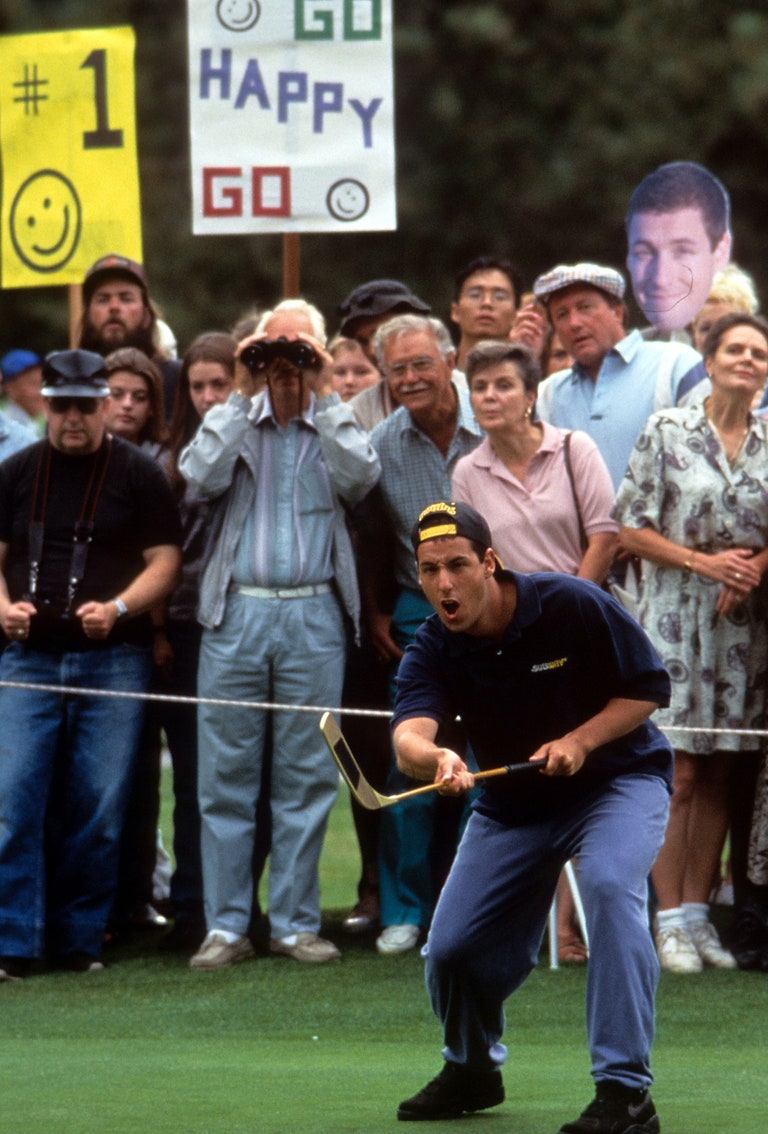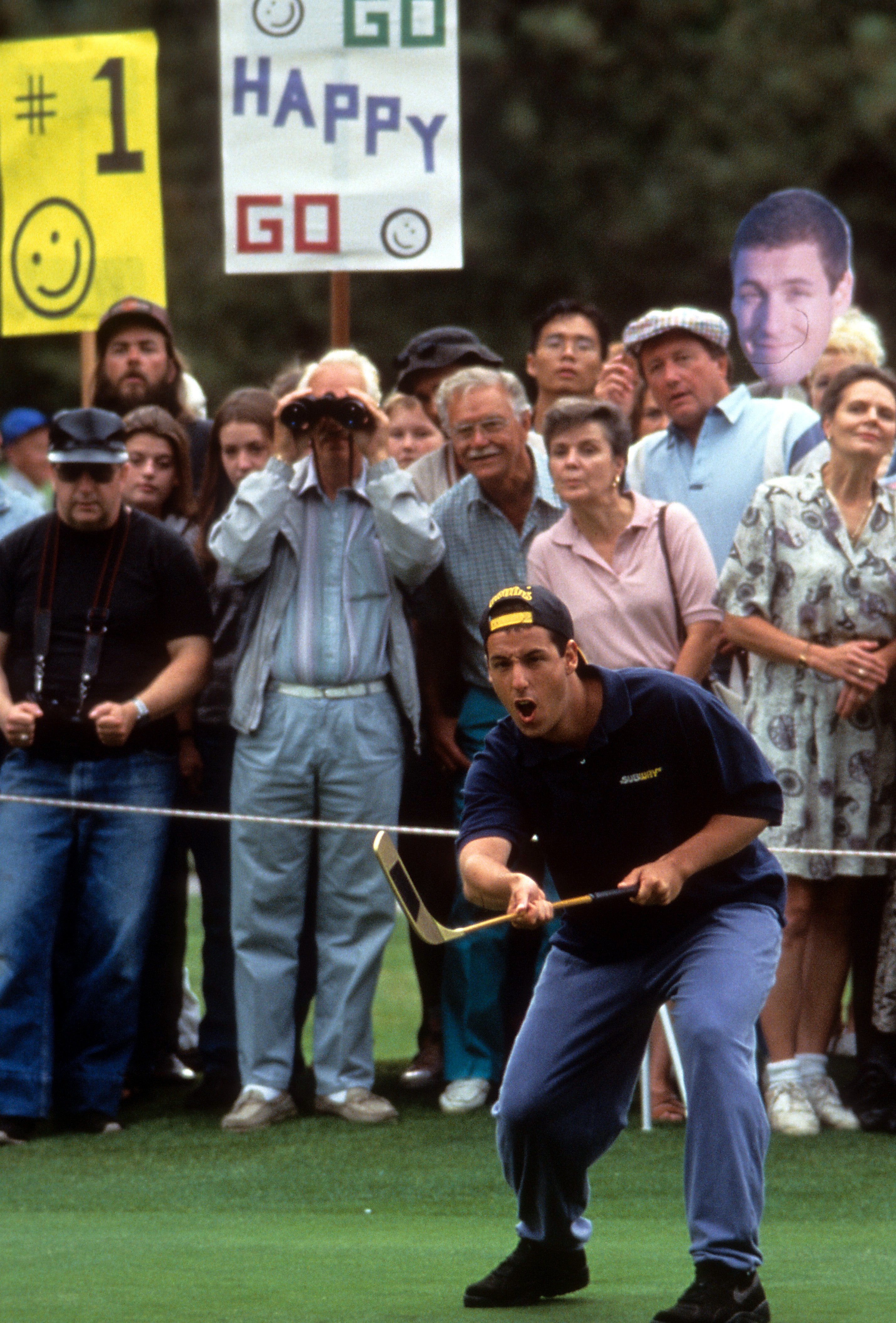
The Coronavirus pandemic has hit a giant pause button on fans being able to watch golf on TV, and in some cases, even kept people off courses. But while we hunker down and hope for a speedy return to normalcy, we can also use this time as an opportunity to learn more about the game we love. Here’s our latest installment of “Did you know?”
A hole in one might be the most sought-after accomplishment in golf. The unexpectedness. The out-of-nowhere jolt golfers feel when the ball finds the cup. The raucous celebrations that follow. There have even been aces made on par 4s, including on the PGA Tour (Andrew Magee, anyone?). But has there ever been a hole in one on a par 5?
Believe it or not, yes.
According to liveabout.com, it has occurred five times, with three of them coming on sever doglegs or horseshoe-shaped holes where the listed yardage could be mitigated by going at the green as the crow flies. A pair of par-5 aces, however, were made on mostly straight holes. Think of these guys as real-life versions of Happy Gilmore (yes, we know Happy is wielding his putter here but it was the only image of him available to us).
One of them was assisted by the altitude in Denver, as Mike Crean, a 4-handicapper, ripped a driver on the 517-yard ninth hole at Green Valley Ranch G.C. and found his ball in the hole when he reached the green. His feat came on July 4, 2002. Talk about fireworks!
Did you know: No one has shot fours rounds in the 60s in one Masters
If an ace on a par 5 sounds a little fishy, well, Dick Hogan, who made one in 1973 on the eighth hole at Piedmont Crescent Golf Course in Burlington, N.C., isn’t about to argue with you as even he isn’t sure his ace is legitimate.
A scratch player who played at North Carolina State, Hogan hit a drive on the 456-yard hole and knew the ball would be somewhat close to the green. “That thing was like an interstate highway,” Hogan told the Times News in 2013. “We were in a dry spell and the fairway was red clay. The ball just never stopped rolling.”
Still, after finding his ball in the hole, Hogan had suspicions. There were maintenance workers near the hole and none said a word—odd if they had witnessed the ball go in the hole. So whether it went in on its own or got an assist Hogan will never know. Oh, and this one
also happened on July 4. What is it about July 4 and par-5 aces?
The first known condor (don’t ask us how it got this name, but it’s been used several times so we’ll go with it) was by Larry Bruce in 1962, who cut the corner on the sharp dogleg 480-yard fifth hole at Hope C.C. in Arkansas. Guess he still believes in a place called Hope.
One of the par-5 aces came Down Under in 2007, when Jack Bartlett banged one in on the 511-yard 17th at Royal Wentworth Falls C.C. in New South Wales, again cutting the corner on a sharp dogleg.
So, making an ace on a par 5 is a pretty big deal. But making one with a 3-iron? Yep.
In a 2004 article in Golf World by Bill Fields titled “The Rarest Bird,” Fields noted that a golfer named Shaun Lynch took dead aim at the green on the horseshoe-shaped 496-yard 17th at Teign Valley G.C. in Christow, England. Lynch took his shot up and over a 20-foot high hedge and his ball hit a sever downslope on the other side, sending it toward the green and in the cup.
See? Nothing to it.

